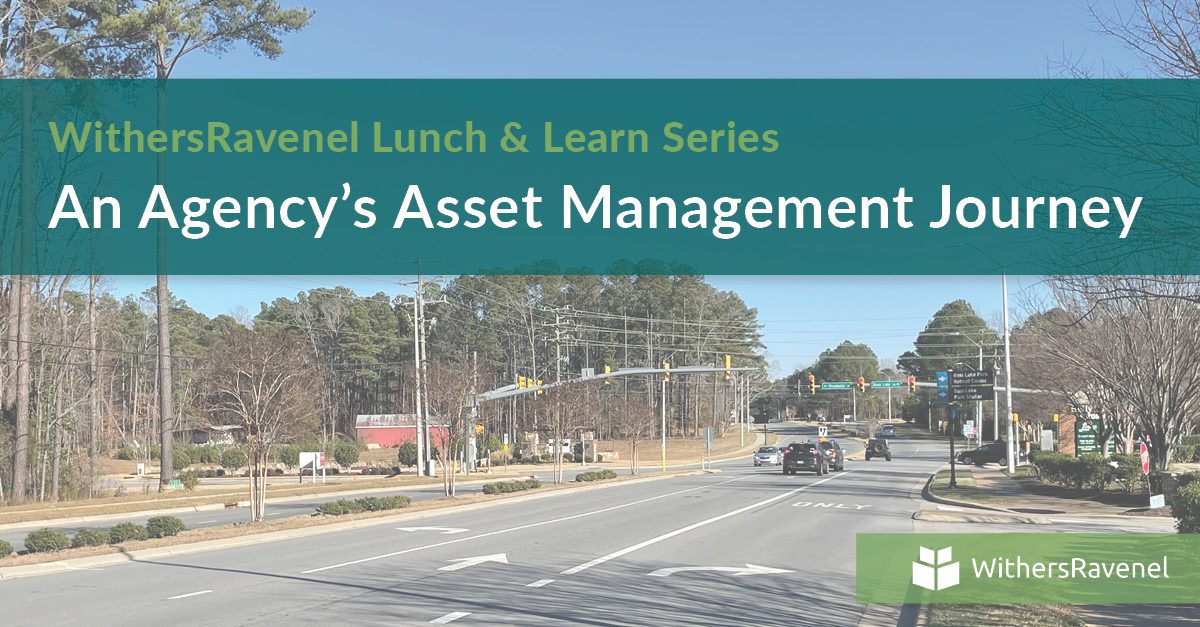
The rising cost of pavement repairs, declining general funds, and rapid growth are a recipe for roadway ruin. Add in complaints from drivers, and it’s no wonder local government leaders are in serious need of ways to keep from falling behind.
A “worst-first” strategy may seem like the most efficient approach in theory—nobody wants to spend money replacing a street that still has useful life ahead of it—but in practice, it often involves spending more money on more labor-intensive repairs down the line. It also leads to costly redundancies, as crews may be deployed to same the street or neighborhood to make repairs across multiple fiscal years. Unsurprisingly, residents who are initially relieved to have an annoying pothole filled quickly lose patience when the same street is torn up again and again to address different segments. Worst of all, this approach often only predicts budget needs about 5–10 years in the future, which means that 15–20 years later communities may be hit with an exorbitant bill that they do not have the budget to pay.
There is a better option: a pavement management system (PMS). With a PMS, local government leaders are no longer looking at a snapshot in time to make decisions for a five-year planning horizon. Instead, they can see the rate at which their infrastructure has been deteriorating, predict which repairs will be needed most, and prioritize projects that will provide the greatest benefit per dollar spent.
Kendra Parrish, PE, CFM, Executive Director of Utilities & Infrastructure Services for the Town of Holly Springs, joined WithersRavenel last week to share how the Town went from being unable to accurately quantify the cost of delayed roadway repairs to having an objective management tool with applications beyond pavement.
In the web event, she demonstrated how spending the same amount of money more strategically resulted in a higher level of service over a 30-year period, and how communities with reduced budgets can apply their funds in a way that avoids catastrophic expenses. Additionally, she showed how the deliverables generated by a PMS can be used not only to support project selections and budget requests but also to justify the value of using more robust third-party software and consulting services versus in-house lists and spreadsheets.
Watch the full webinar to learn more about:
- The development and implementation of a pavement management system
- Establishing an objective project ranking system that accounts for asset conditions, likelihood and severity of potential failures, and cost of proposed improvements
- Demonstrating the return on investment (ROI) of using a PMS
If you’re ready to get started on your asset management journey, don’t hesitate to contact WithersRavenel’s Director of Pavement Management Steve Lander, PE at slander@withersravenel.com or WithersRavenel’s Product Manager Becca Ruffin at rruffin@withersravenel.com
